Pakistan Airlines plane crashed | Plane Crash in Karachi Video | Pakistan Air Crash
by user · December 10, 2022
ITRODUCTION OF PLANE CRASH IN KARACHI
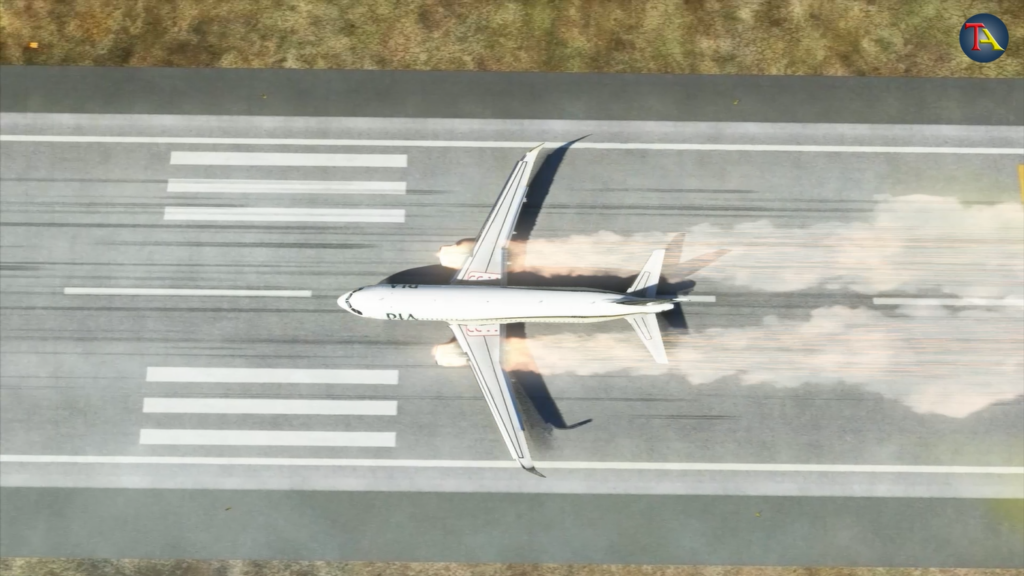
After completing its 1.5 hours of Journey, the PIA plane moves towards the runway to land at Karachi airport. But for some strange reason the landing gears of the plane were not yet open. At a speed of 260 km / hr, the plane starts skidding of the runway shooting sparks and can crash at any time. But then a miracle happens and the plane again flies in the air. Was this plane ever able to land safely again and what happened to the 99 people on board? Stay connected to know how this incident unravels.
Case Study Plane Crash in Karachi
Before starting our today’s case study, we would like to give you some important information about the airplane and its landing so that you can easily understand the reasons & facts related to this tragic accident.
Just like driving a car where we have to follow a fixed speed, route, and traffic rules. In the same way the airplane also need to follow a defined speed, height & direction to safely fly & land on an airport.
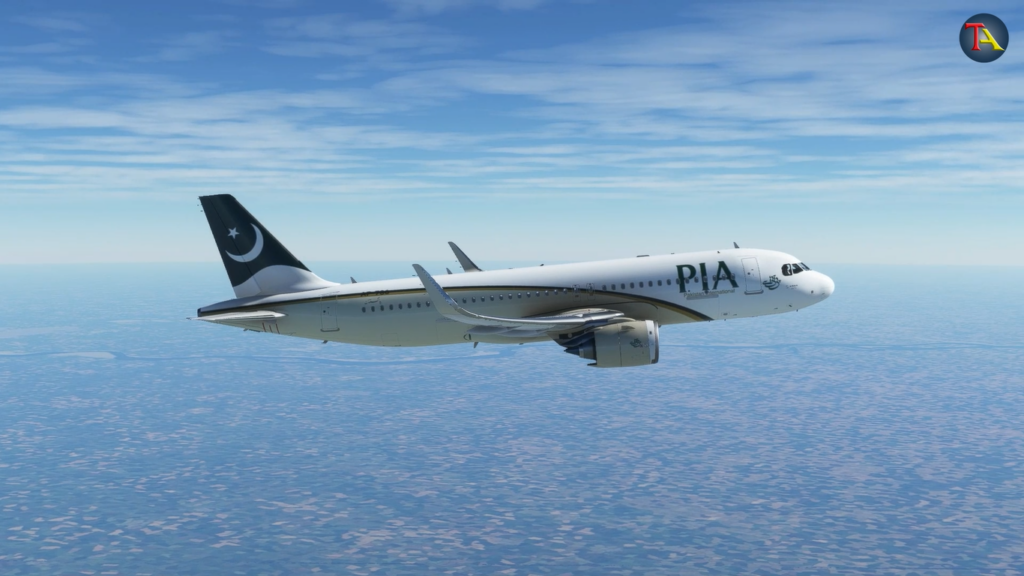
The first thing to understand is the glide slope, which tells any pilot at what height and angle a plane has to move towards the runway in order to land safely.
In a simpler language, it is like a road in the sky on which a plane can land safely at the airport while flying, if the airplane is above or below the glide slope, then it will not be able to land safely on the runway and will definitely crash. If the plane is above the glide slope, it will land far ahead of the runway, due to which it will not be able to stop before the end of the runway. Similarly, if the plane is below the glide slope, it will land before the start of the runway and crash.
Let us now understand the ILS system. ILS i.e., Instrument Landing System is an automated system using which pilots can automatically land the plane.

Radio signals are sent to the plane through many signal poles on the runway of the airport, which control the direction of the plane and bring it near the runway in the right glide slope for the plane to land on a safe point so that it can stop safely before the end of the runway.
By Using the ILS system, pilots land the plane at the right place in the middle of the runway even in low visibility conditions like rain, darkness and dense fog. We hope you have understood the glide slope and ILS system and will be able to understand every aspect and reasons related to this accident much better.
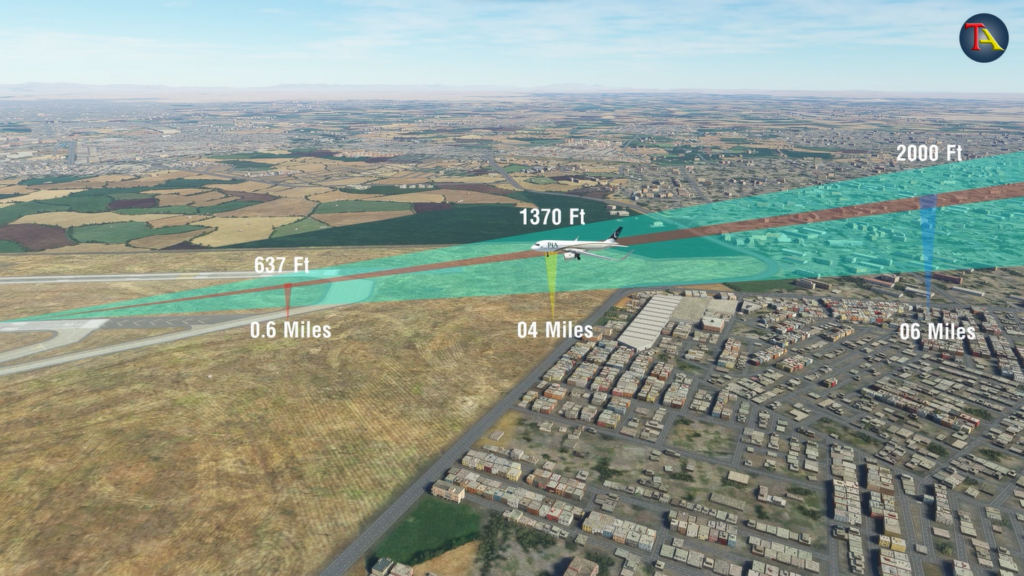
Let’s start our case study
22 May 2020, Pakistan`s Lahore Allama Iqbal Airport. Flight 8303 of Pakistan International Airlines was preparing to leave for Jinnah International Airport Karachi for its domestic flight. This was an Airbus A320 – 214 series plane, which was about 15 years old and was taken on lease from an Irish American company GE Capital Aviation
From 2004 to 2014, this plane was on lease with China Eastern Airline and after that on 31 October 2014 it was leased to Pakistan International Airline. In May 2019 itself, two new engines of CFM 56 type were installed in the plane. Earlier in October 2014, the landing gear system of the plane was also changed.
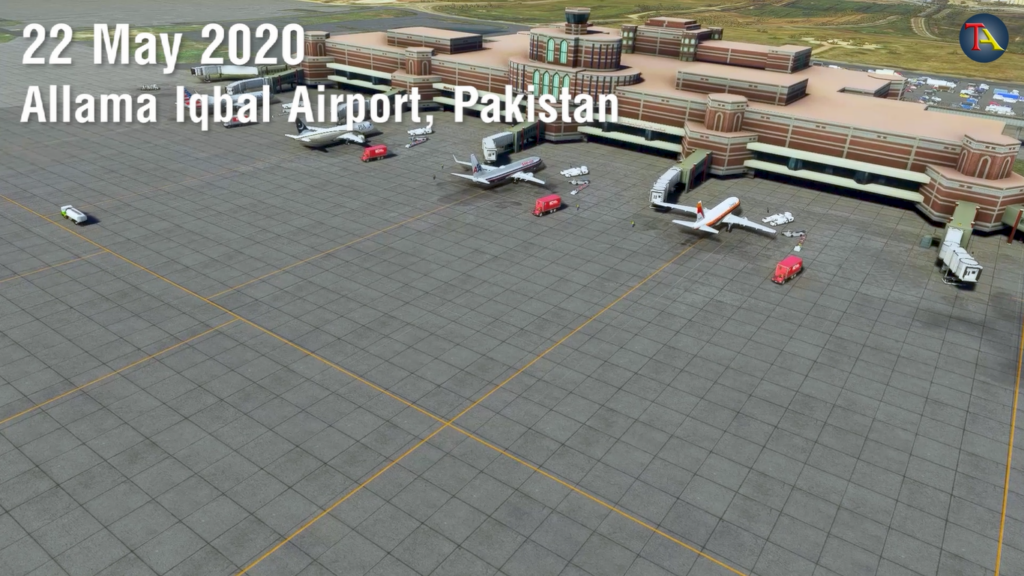
The routine maintenance check of the plane was done on March 21, 2020, about 2 months before the accident and according to the reports there was no serious defect in the plane. Due to the worldwide covid pandemic, this plane had not taken any flight for the last 2-3 months and resumed its flight from 7 May 2020 and since then till now this plane has successfully completed its scheduled flights 6 times. According to the records of Airbus, till now this plane has completed a total of 47124 hours of air travel.
On that day, there were 91 passengers and 8 crew members on-board this flight. The flight was being led by Captain Sajjad Gul and was accompanied by first officer Usman Azam. The flight started its roll off process at around 1 pm. Through the taxi way, the plane slowly started moving towards the runway. After receiving permission from the air controller tower, at around 1.55 am, the plane successfully completed take off from Lahore airport
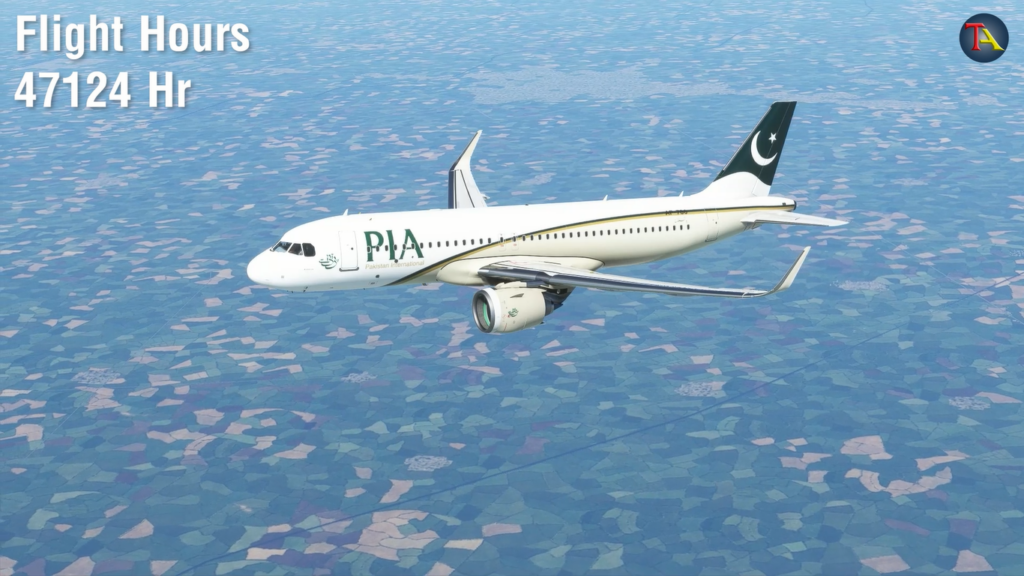
Following its prescribed flight path, the plane continues it’s journey towards the Karachi International Airport. It was a normal flight without any technical problems or turbulence and everything was going smoothly. After about 90 minutes, the plane started preparing for landing at Karachi airport. On the day the plane was to land on runway 25L using ILS landing and following the ILS signals the plane slowly started moving towards the runway.
Hope you remember that in the beginning of our video, we told you about Glide Slope and automatic landing from ILS system. When the plane was about 28 km away from the airport, the ATC controller warned the pilots that you are flying at 10,000 feet, whereas you should be at an altitude of 7,000 feet to land here. According to reports, the pilots told ATC that they were satisfied with their height and would get the plane to land safely. And when the plane was just 19 km away from the airport,
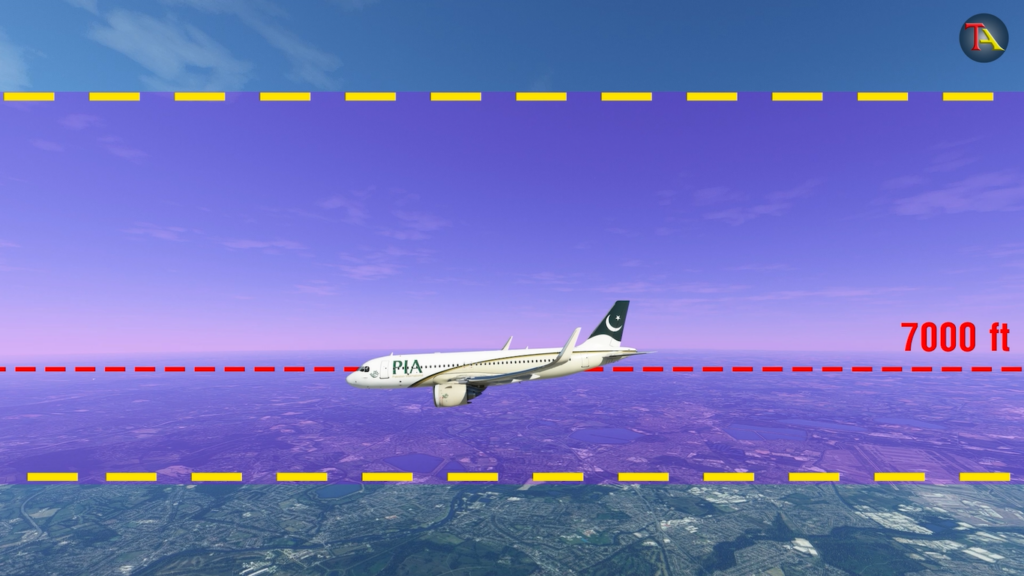
ATC warned the pilots for the second time that at this landing position you should be at 3000 feet, while your plane is flying at a height of 7000 feet, according to reports the pilots Again told ATC that the plane is completely under their control and they will land safely. Now following the ILS signals, the plane was moving towards its glide slope when suddenly the pilots noticed that the landing gears of the plane had not yet come down, immediately after which the pilot put the landing gear knob down. But since the speed of the plane at that time was much higher than its scheduled landing speed, the landing gear of the plane could not come down.
Because of this, a warning message started coming in the cockpit that the landing gears are not working properly. According to the cockpit voice recorder, the landing gear failure warning message was playing repeatedly but due to unknown reasons the pilots could not pay attention to it. When the ATC controller finally saw that the plane height is much higher than the required landing height, he asked the pilots to cancel the landing and try a second landing after taking a round about of the airport.
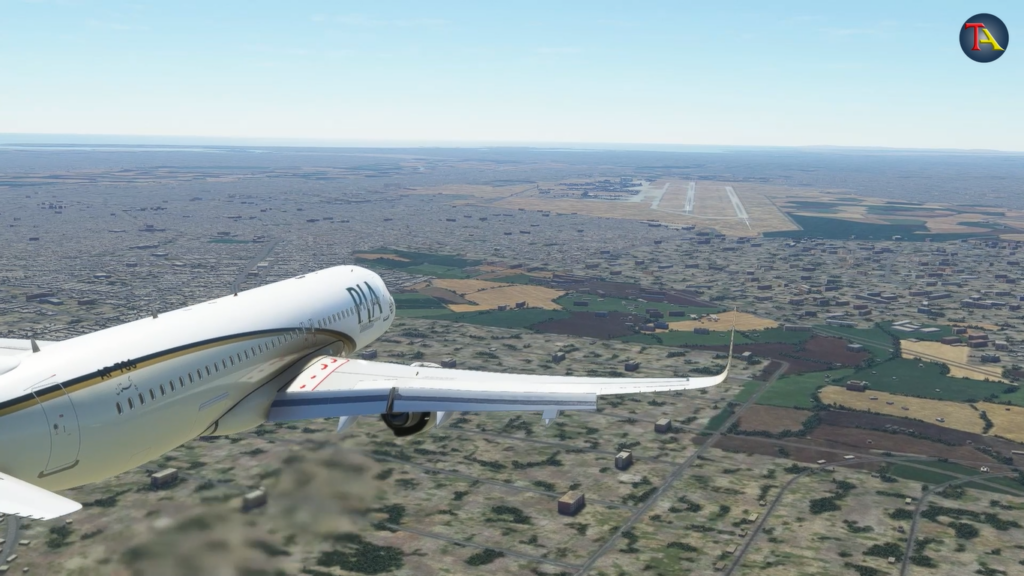
But the pilots told the ATC controller that they want to continue the landing and they are sure that they will be able land the plane safely. At about 2:32, the pilots contacted the ATC controller and told him that they want to follow the ILS system and bring their plane down from an altitude of 3500 feet to 3000 feet so that the plane could be landed safely on runway 25L. Now the plane was just 5 km away from the airport, so ATC allowed the pilots to land on runway 25L.
According to the ILS system of Karachi airport, at a distance of 5 km from the airport, the height of the plane should be about 1680 feet so that it can land inside the glide slope. But at that time PIA flight was flying between 4050 to 3725 feet. The warning messages of landing gear failure were playing continuously in the cockpit, but the pilots still could not pay attention to those and for some reason, they continued with the landing. It is also worth noting here that till now the pilots had not even informed the ATC that there was a fault in the landing gears of the plane. So it is very difficult for us to tell whether the pilots were aware of the landing gear failure or not.
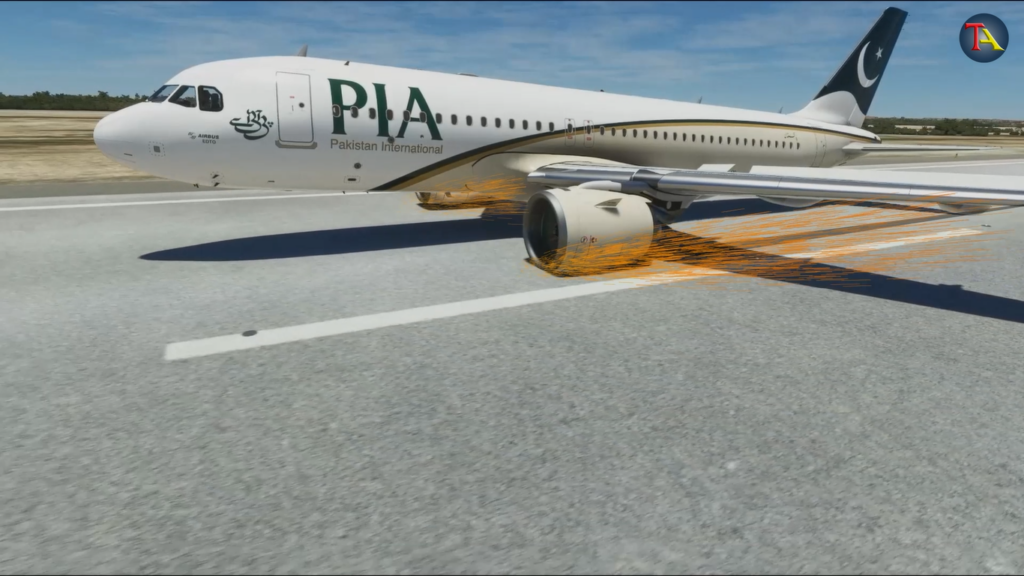
Now the plane starts descending towards the runway at a very high speed. 4500 feet away from the threshold point of the runway, the left engine of the plane skidded off runway. A very strong spark started coming out as soon as the metal body of the engine hit the runway. Skidding off runway, the plane veered off up to 5500 feet from the threshold point and the right engine of the plane also hit the runway. The plane was running at a full speed approaching the end of the runway.
After seeing the end of the runway, the pilots decide to cancel the landing and take the plane once again in the air with Engine`s full power. After taking the plane in the air, the pilots again contact the air traffic controller and ask him for permission to land the plane on runway 25L. The controller allows the pilots to land and tells them to turn the plane in the direction of 110 Left and take it to a height of 3000 feet. Due to skidding on the runway, the hydraulic lines of both engines were ruptured, causing a large amount of hydraulic fluid and oil to start leaking from engines.
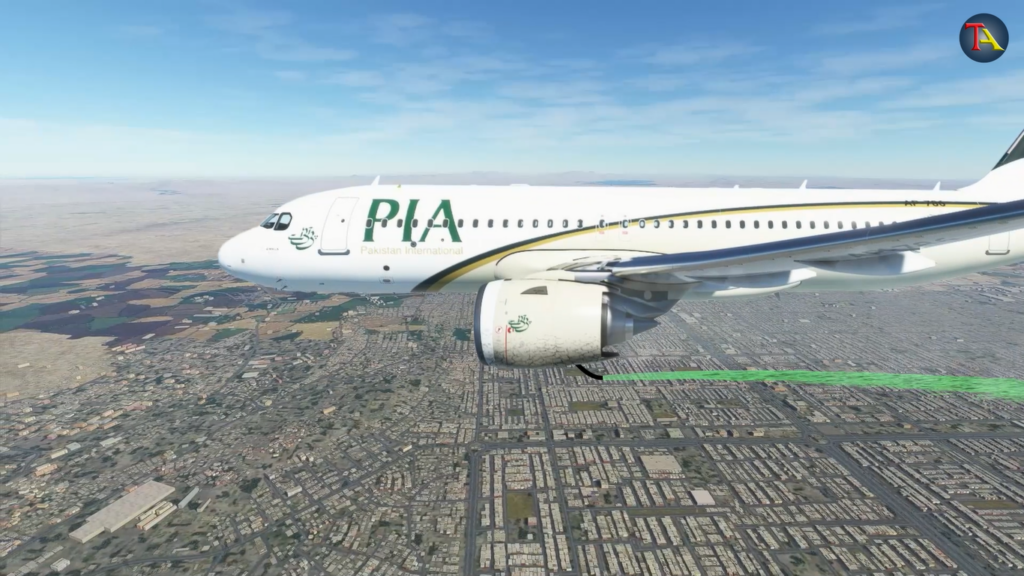
With the loss of such much hydraulic fuild & oil, suddenly both the engines failed and the plane height started to drop. With no engine power, the plane was now just gliding and it becomes extremely difficult for the pilots to control the plane. The height and speed of the plane were decreasing very fast and the pilots were struggling to control it.
As we know that during the first landing attempt the plane speed was very high and landing gear could not come down. But after the engine failure, the plane speed decreased due to which the landing gear came down. But as soon as the landing gear came down, it further decreased the plane speed.
When the ATC Controller saw that the plane is losing it’s height and speed, he started giving constant warnings to the pilots to increase the height and speed of the plane. But it was too late and pilots had completely lost control of the plane. Like a cutthroat bird, a massive airplane crashes into the crowded residential area of Model Town, adjacent to the airport.
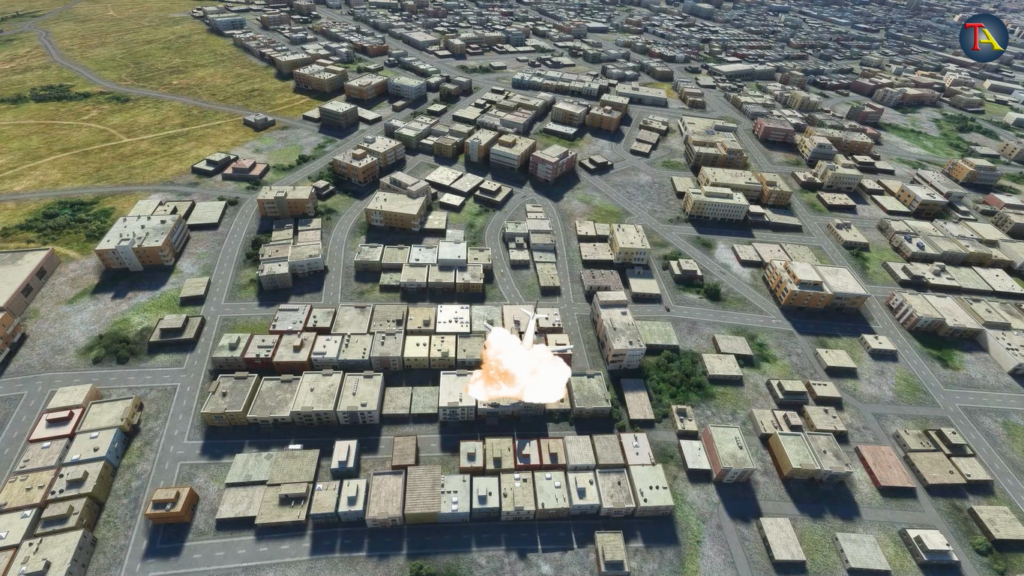
As soon the plane crashed, it breaks into pieces and catches the fire. Being a very crowded residential area, Fire brigade and ambulance find it very difficult to reach the accident spot. Apart from two lucky passengers, unfortunately, all other passengers and crew members lost their lives in this tragic accident. The new of this tragic accident quickly spread all over the world.
Immediately after the incident, Pakistan’s Aircraft Accident Investigation Board and the National Transportation Safety Board set up an investigation team and started its investigation. On the initial report released on 24 June 2020, Pakistan’s Aircraft Accident Investigation Board mentioned two main reasons for this accident. According to the report, the plane speed & height was much higher than the required limit, due to which the plane went out of the gliding slope and landed almost near the finishing point of the runway.
Secondly, during the first landing attempt, the pilots could not notice that the plane’s landing gears didn’t come down. Without the landing gear, the plane did a belly landing on the runway and both engines got damaged. Due to the damage caused during the landing, both the engines failed mid-air and the plane crashed in the residential area.



